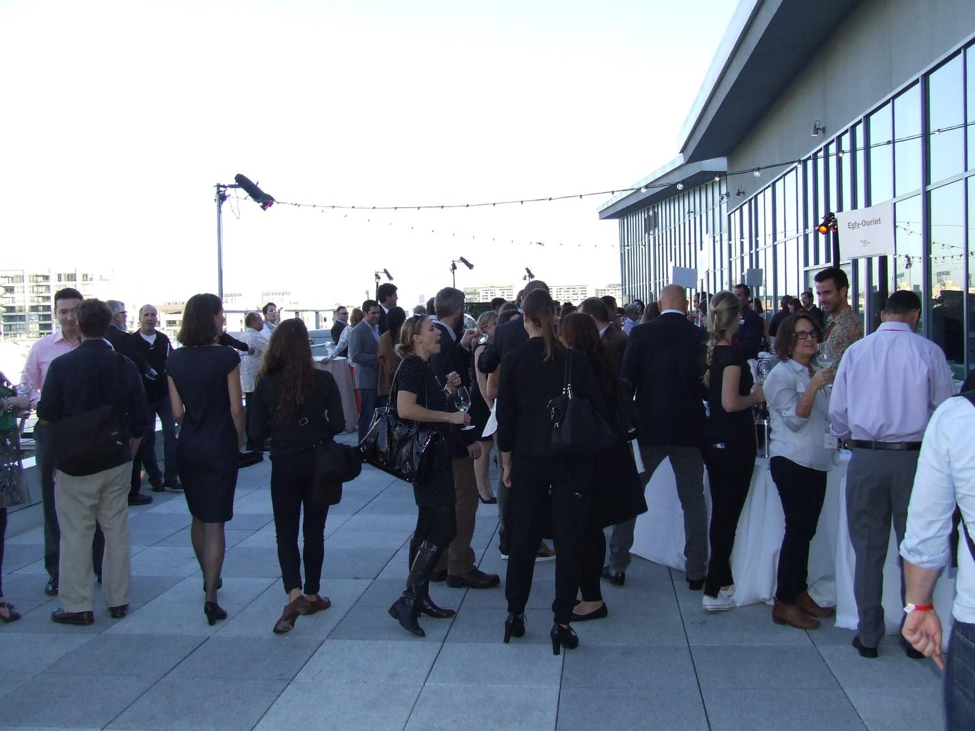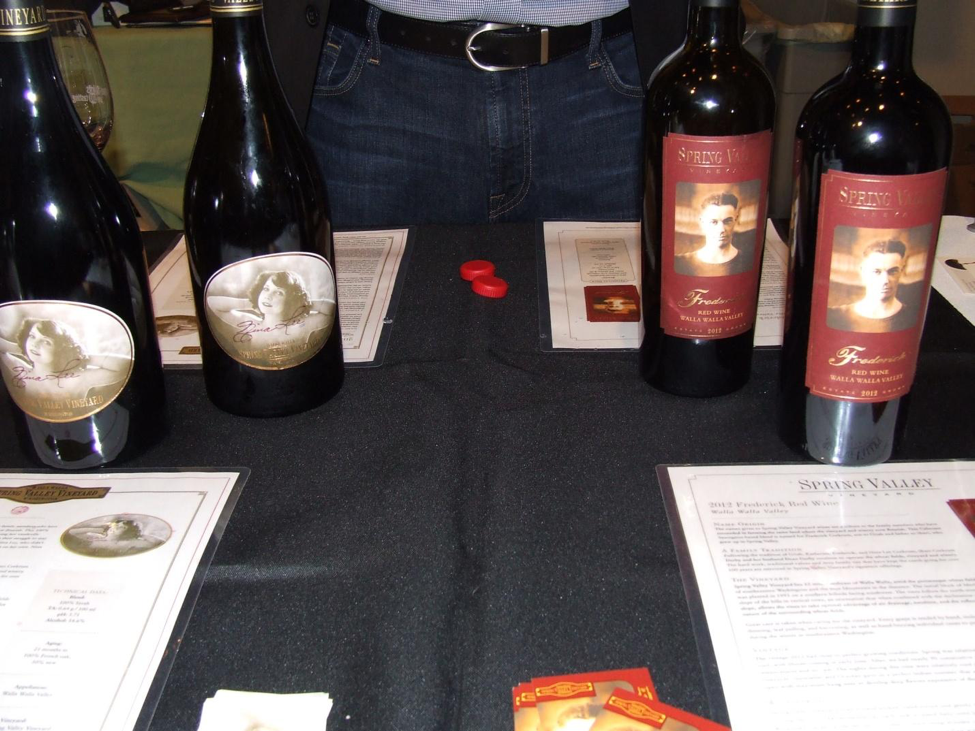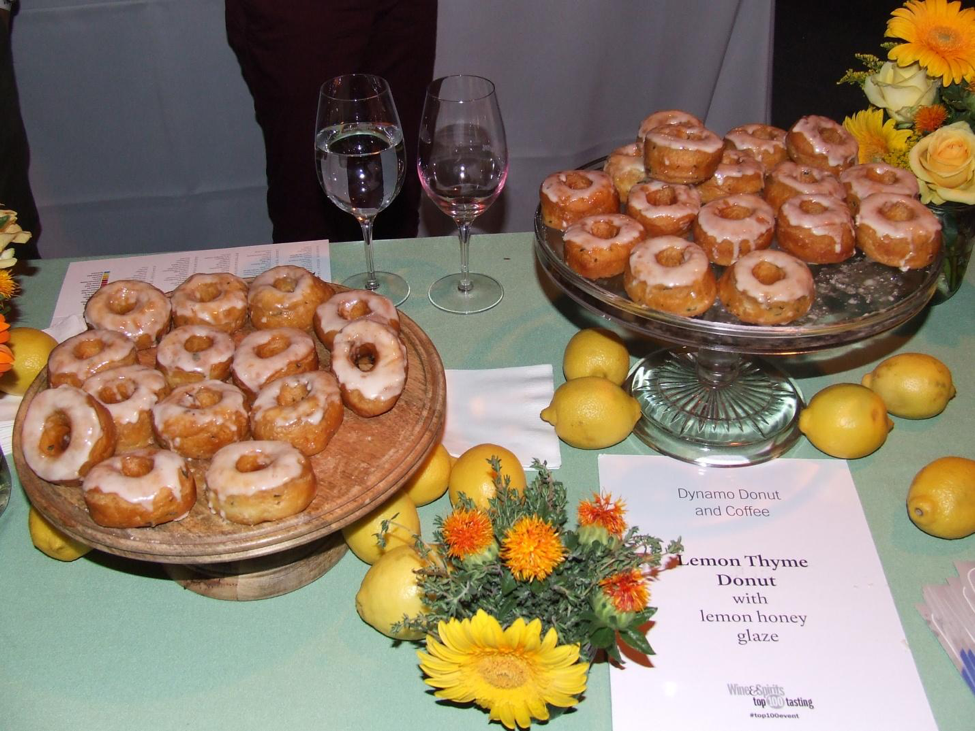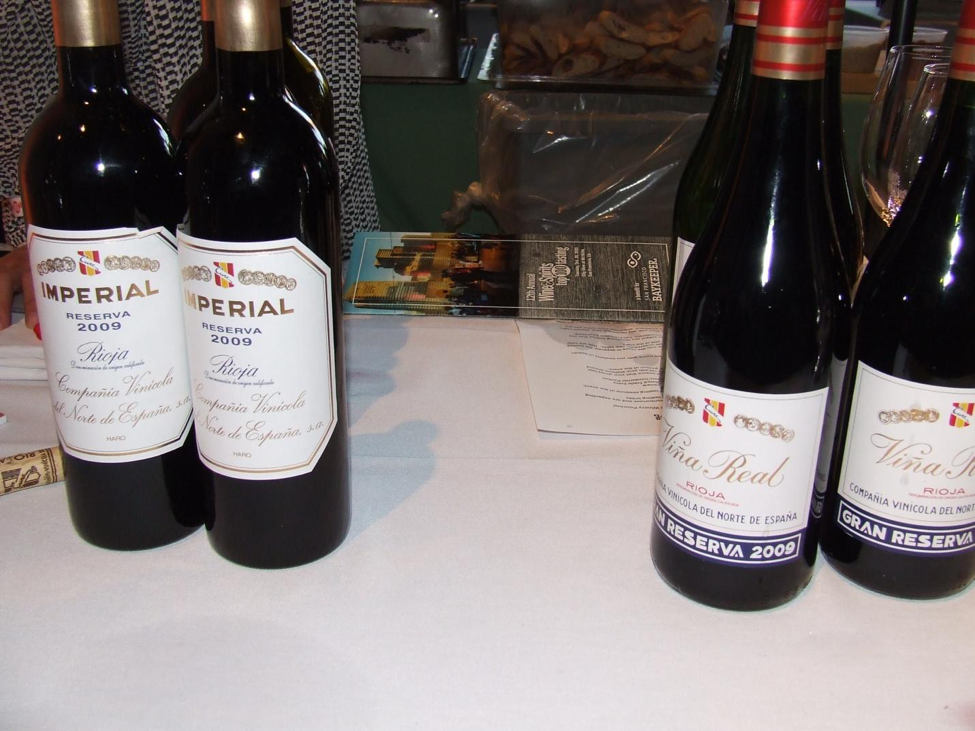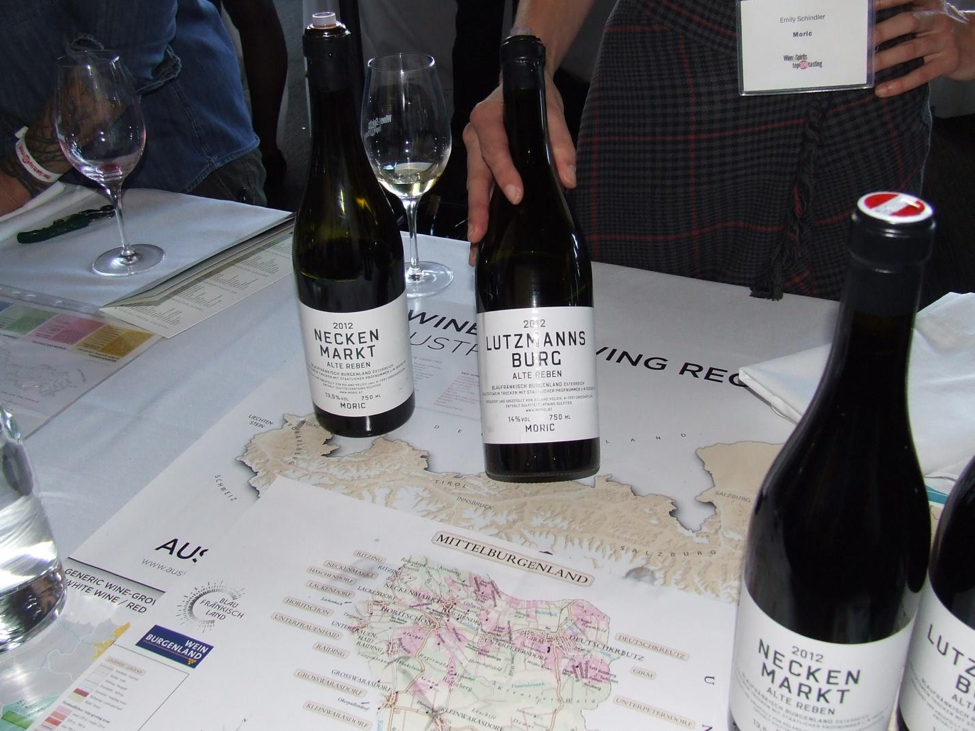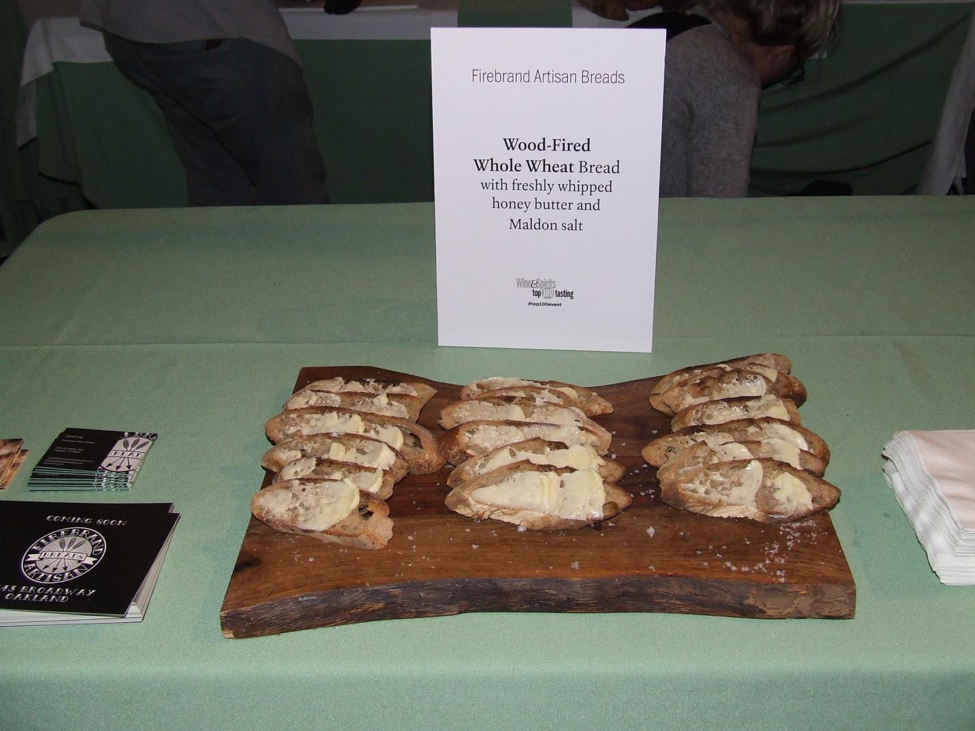Interview with Maura Balbo
/This spring, mother nature has not been kind to farmers in Europe. A mild spring prompted early bud break, pushing some vineyards as much as two weeks ahead of their normal vegetative cycle. An unusually late season cold snap in late April and early May hit many grape growing regions throughout the continent. Late-spring frosts are the cause of many sleepless nights for vineyard owners; growers with ample resources attempted to ameliorate the frost damage by lighting candles and oil drums and burning them between the vines. Others used water sprinklers in the vineyards. Wealthier operations were using wind machines and even helicopters to keep the air circulating in the vineyards to lessen the damage. Reports of widespread frost damage hit the news, first from Champagne, Bordeaux and Burgundy and there has already been speculation of billion dollar losses for growers in France alone. Grape prices are expected to rise and consumers will likely experience higher prices for European wines in the future. With frost events high profile areas often get all the press and the lesser known regions that were also affected, often go unnoticed.
I first met Maura Balbo on twitter when I saw pictures she had posted showing what three nights of frost can do to the new bud growth in a vineyard. Her post ended with " My vineyard is KO!". For other farmers the pictures had to be gut wrenching.
Where are you from?
I'm from Fontanile, a little town in the Asti district of Piedmont, in northwest Italy. My husband was born in Bergamo (Lombardia) on July 7th, 1961. I'm forty-three years old. The winery name is Roberto Urscheler Winery. His father was Swiss and his mother is from Bazzana di Mombaruzzo.
Where are your vineyards located?
In the Mombaruzzo , Asti district, Piedmont, northwestern Italy.
What's the size of your estate?
Ten hectares.
How long have you farmed this land?
We have farmed this land since 1987. Before that the land was farmed by my husband's grandfather on his mother's side.
Did you ever imagine you would own a vineyard?
Yes, of course.
How involved do you get in the vineyard?
All my time is spent in the vineyards and the winery.
How are your vineyards trained?
We start with pruning them, then we tie and clean the vines by hand (It's the work I'm doing during these days). That means we let all the shoots with the bunches and we cut off the other ones. Then we set the shoots upright. In July we make a double selection in the vineyards: this means that only the best bunches are destined for harvest. The others are cut off. Finally we harvest in the month of September the Moscato and the Barbera grapes. In October, usually the first week, we harvest the Albarossa.
How many different grape varieties do you work with and do you have a favorite?
We produce three kinds of Barbera wines: Barbera d'Asti d.o.c.g., Barbera del Monferrato d.o.c. 85/15 and Barbera del Monferrato d.o.c. La Rosina; then we produce the Moscato Carpe Diem, two white wines: Cortese dell'Alto Monferrato d.o.c. and a Greek Malvasia which is called Aphrodite; then Il Cantore: an aromatic red sweet wine produced with a blend of twelve ancient aromatic grapes; then the Piemonte d.o.c. Grignolino and the Grappa (Spirit) which is dedicated to my husband's grandfather (mother's side): Grappa di Nonno Rinaldo.
Where are you positioned organic wine or not?
We don't produce organic wines, but traditional wines.
We initially met via twitter and have briefly spoken about the devastating frosts this spring in your area. How have your vineyards been affected?
Because of three frozen nights in the month of April, we lost 35 to 40% of our whole production. Yesterday night it hailed in Monferrato. Fortunately we didn't have any damage due to hail.
What's the biggest challenge for a grape grower in Nizza?
To produce quality respecting the tradition.
Are you allowed to irrigate your vines?
No, in Italy it's absolutely forbidden.
Your husband makes the wines and you are the marketer. How were you introduced to winemaking?
By marrying him I was introduced to the winemaking world. My father worked in a grape nursery. I did not meet him. He died when I was 16 months old, in a tractor accident.
What are your export markets?
Switzerland, Germany, Austria and some private French customers.
How do you know you have a good vintage?
We don't know until we harvest; too many unknown variables. First of all the weather. In 2013 we lost 90% of our production because of a twister. Yes, we had a twister in Piedmonte. These days it's hot, too hot for the month of May.
What is your favorite wine and what makes it your favorite?
Barbera is my favorite wine because it's the typical Piedmontese grape, not as well known as Nebbiolo unfortunately. Barbera has so much potential leading to deep ageing. Acidity is her power, and the deep ruby red color.
What changes do you see in the coming years regarding climate change?
Weather and climate change are dangerous enemies for the agricultural world.









